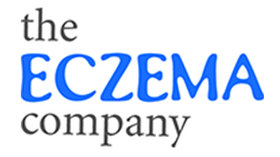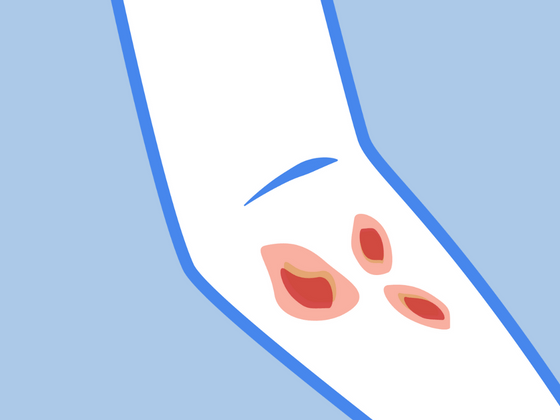Remedywear was specially designed to provide soft, comfortable, breathable garments for people of all ages with eczema and other sensitive skin conditions.
What makes Remedywear so special? Zinc! Anti-inflammatory zinc is embedded within a soft, stretchy blend of sustainably and responsibly made natural fibers (TENCEL) to create super soothing, super comfortable Remedywear.
In a clinical study [1], our ratio of TENCEL and Smartcel™ Sensitive was proven to reduce the severity of atopic dermatitis, reduce itchiness and improve quality of sleep when worn overnight for three consecutive nights.
Here’s why Remedywear is great for eczema and itchy or sensitive skin:
- Awarded the National Eczema Association Seal of Acceptance™.
- Soft, breathable fabric embedded with anti-inflammatory zinc.
- Smooth, round fibers inhibit bacterial growth, and reduce odors.
- Moisture wicking fabric means no sweaty irritation or chafing.
- Soothing clothing that can be worn day and night.
- Hypoallergenic fabric and dyes (phenylenediamine free), no irritation.
- Free of latex, nylon, nickel and formaldehyde.
- Tags (100% recycled cotton) are easily removed and seams can be worn outside the clothing for desired comfort.
- Chemical free, Oeko Tex 100 certified fabric.
Check out the full line of Remedywear™.

Be Sun Safe
Our garments offer 35-50+ UV protection! Wear Remedywear to cover your fragile eczema skin when out in the sun and avoid harsh sunblocks that can cause further irritation. Remember to always wear sunscreen to protect any parts of the body not covered by our clothing. Our soft, gentle clothing is not meant for play and should not replace surf/swim clothing meant for more aggressive use. Check the chart below to verify the UV protection offered by the various colors when worn wet or dry.

References:
[1] Wiegand, 2013, Skin-protective effects of a zinc oxide-functionalized textile and its relevance for atopic dermatitis. Clin Cosmet Investig Dermatol; 6: 115–121.
https://www.ncbi.nlm.nih.gov/pmc/articles/PMC3656624/





